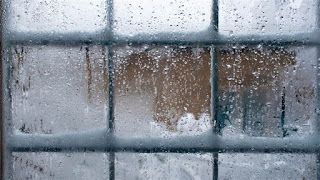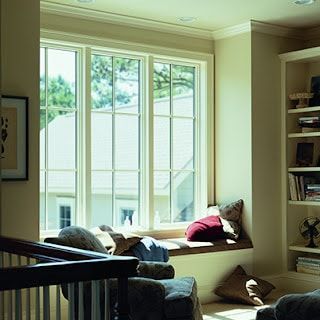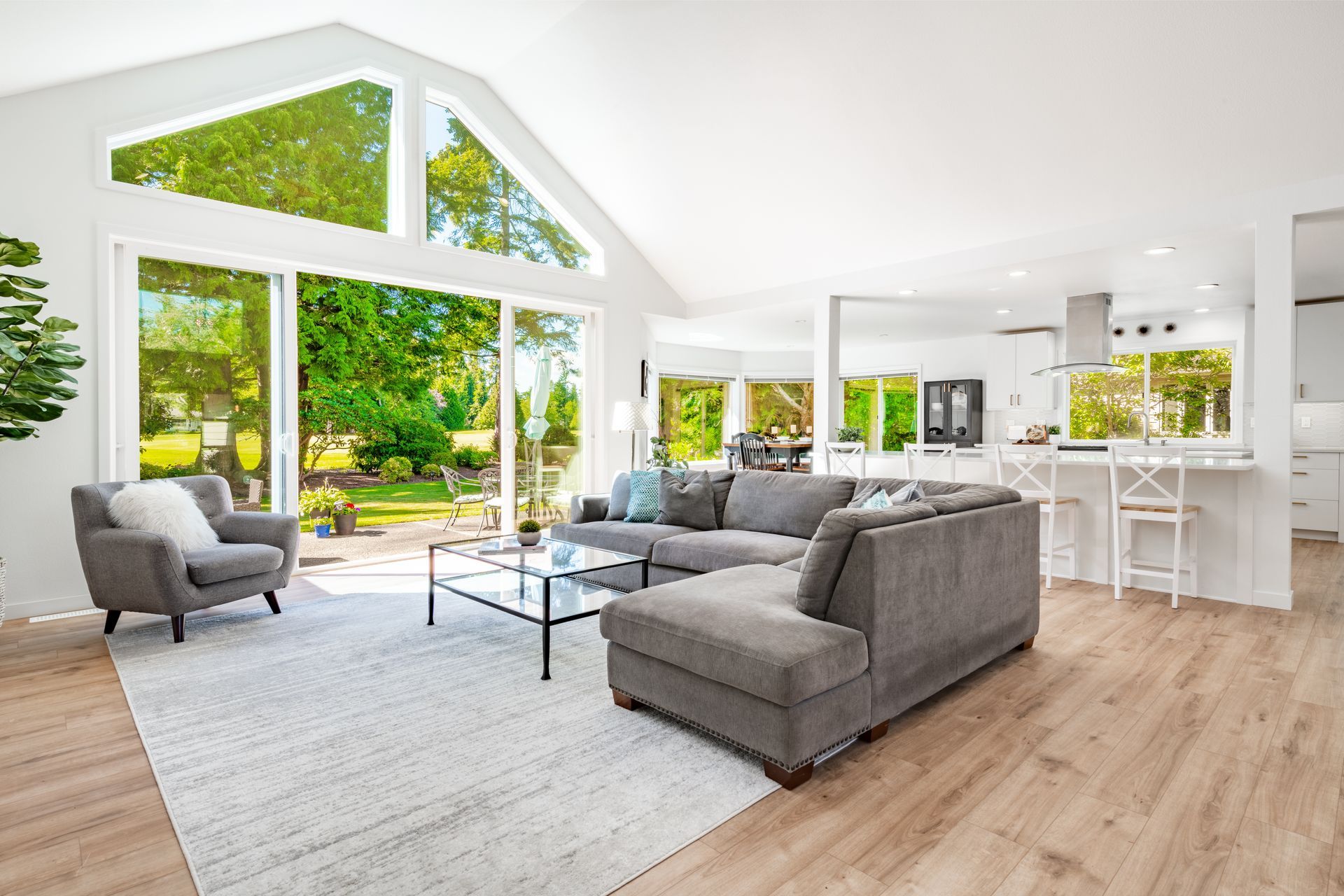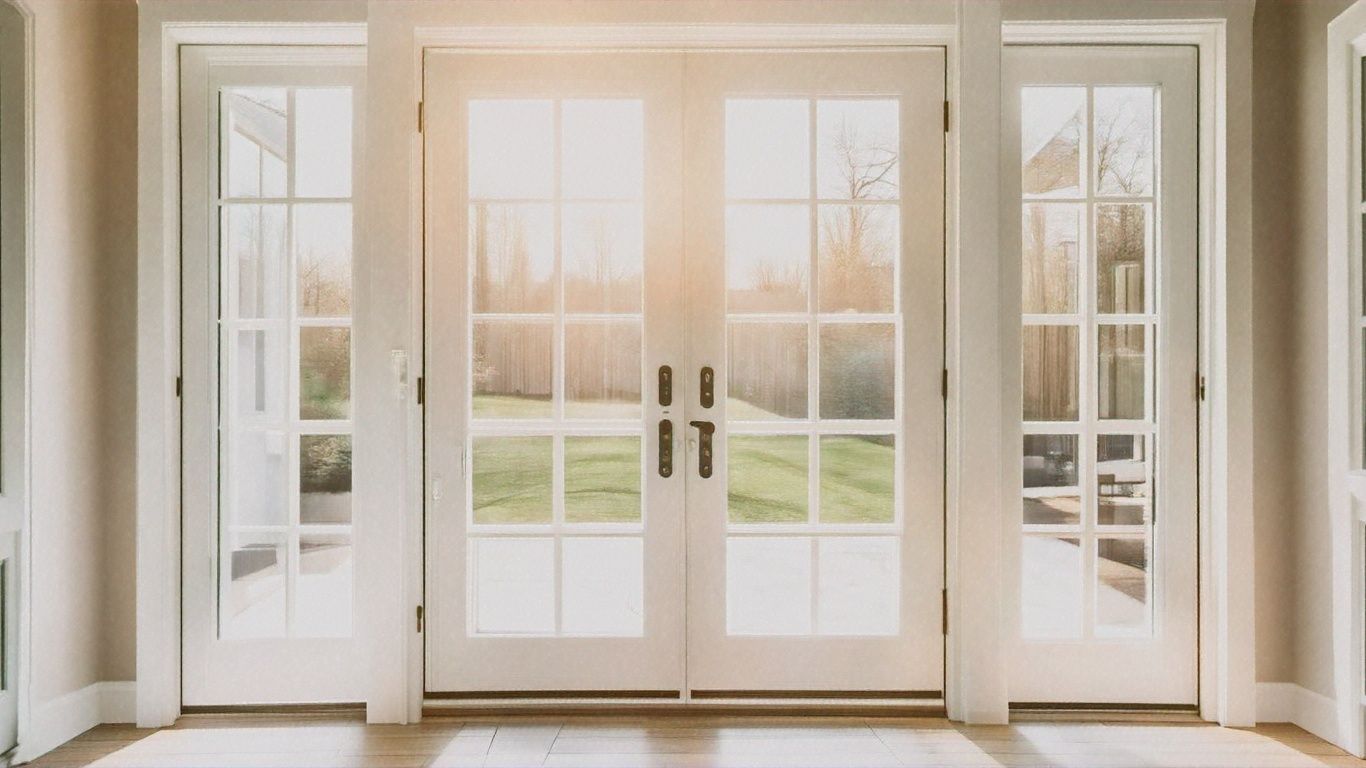Drafty Windows Letting the Winter in?
Share Content:
Tired of a drafty house?
Tired of taping gaps around your windows?
Tired of winter already when it’s only January?

Can’t see out your windows? Condensation dripping down your windows? Tired of winter already when it’s only January?The weather outside shouldn’t appear on the inside. If you’re constantly chilly the culprit may be your old windows. If your windows are letting the winter in – it may be time to replace your old windows. Inefficient windows leak cold air and moisture.
There are many ways to temporarily fix the problems, but the permanent solution to drafts and cold wet windows is to replace your old and leaky windows with new energy-efficient products. Drafty windows or cold windows are chief among the reasons to replace windows. When you sit next to your window in winter it’s colder than the rest of the house and the HVAC system works overtime. Simply put, your old windows probably provide little to no insulating value.
Drafty windows or cold windows are chief among the reasons to replace windows. When you sit next to your window in winter it’s colder than the rest of the house and the HVAC system works overtime. Simply put, your old windows probably provide little to no insulating value.

Double-paned glazing with insulating argon gas eliminates uncomfortable, expensive drafts. Todays technology also includes warm-edge spacers and new weather stripping materials to further insulate. Understanding the SHGC (solar heat gain co-efficient) of the glass options, allows you to further control how much heat enters and leaves your home during the winter. For example, in our northern climate you can choose a high SHGC glazing, which means the window will reflect heat back into the home, collecting more solar heat, for your south facing windows.
Condensation or frost build up can naturally be worse in the winter when the outside temperature is below the dew point of the indoor air. Water or frost appears when warm moist air comes in contact with colder dry air. Older single pane windows provide no insulation allowing condensation to form on the cold surface creating water droplets or ice on the glass. Even early double-pane windows with aluminum spacers can experience condensation. If this describes your windows, like the drafty or cold windows above, upgrading your windows to today’s technologies will make a significant difference.
Today’s windows are engineered differently. Frankly, the most important part of the window to resist condensation is that spacer that keeps the panes of glass apart and seals in the gas. Today’s spacers are made of less conductive stainless steel, U-shaped tin steel, and foam polymers. Low-E and glass filled glass panes reduce temperature transfer between the inside and outside. With improved window frame technologies as well, new windows are sure to significantly improve if not eliminate condensation woes.
The good news is that you don’t have to suffer through another winter because winter is a great time to replace you windows. Come to our showroom to see replacement windows by Andersen, Marvin, Pella and more.
Connect with Us:



